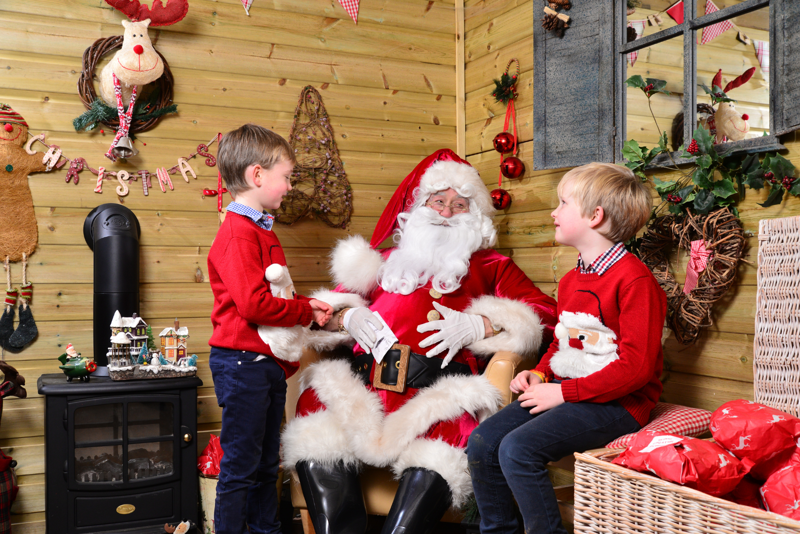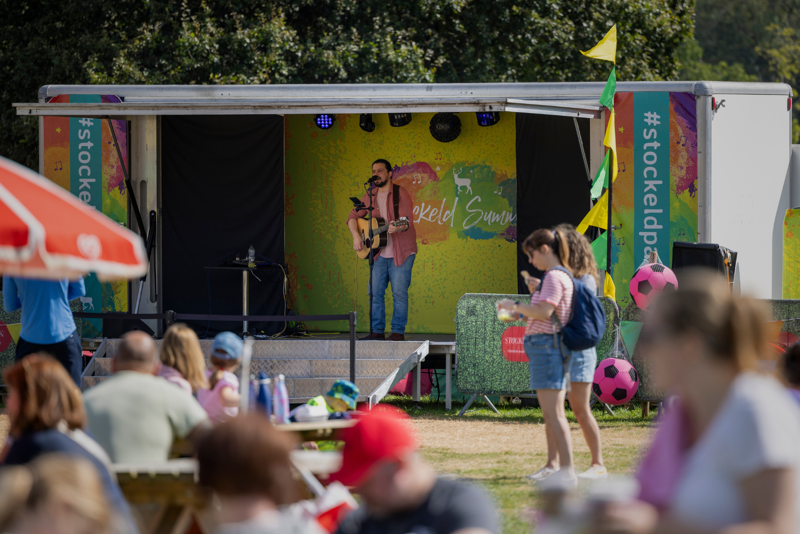Blog
-
![Santa's Grotto Thumbnail]()
Where Is the Best Place to See Santa in Yorkshire?
9th Jul 2025
Mr & Mrs Claus and their elves are bringing the Christmas magic back to Santa’s Grotto this Christmas! Come take a sneak peek!
-
![Tribute Acts At Stockeld]()
Who’s Performing During Stockeld Park’s Summer Festival?
8th Jul 2025
Love to sing, dance and laugh? Our summer festival is packed with live performances to keep your kids entertained during the summer holidays.
-
![Summer Membership Thumbnail]()
Save Big This Summer with a Stockeld Park Summer Membership
1st Jul 2025
Fancy visiting Stockeld Park more than once this summer? Our Summer Memberships guarantee unlimited access throughout July & August!
-
![Stockeld Summer Festival Thumbnail]()
How to Make Summertime Fun for the Kids
12th Jun 2025
Want to make this summer holiday the best yet? Our summer-long festival is packed with activities for your little ones to enjoy.
-
![Stockeld Park Birthday Party Booking]()
4 Ways to Keep Kids Entertained During a Birthday Party
19th May 2025
Organising your kid’s birthday party? Leave the stress behind and book a fun-filled kids' party at Stockeld Park.
Sign up to our newsletter!
Get exclusive early access to ticket sales (including Christmas tickets!) and discount codes by signing up for our newsletter.






